Curlew Connections Wales is the newest wader conservation project supported by Welsh Government’s ‘Nature Networks Fund’, delivered by the Heritage Lottery Fund. One million pounds has been allocated to support breeding curlew in Wales, focusing on three ‘Important Curlew Areas’. As a collaborative, GWCT is leading in Montgomeryshire alongside partners in the Clwydian Range and Dee Valley AONB and Bannau Brychieniog National Park.
Curlew Connections Wales aims to tackle the key issues driving the low breeding success of curlew, monitoring and understanding curlew populations within these areas, implementing predator management and habitat works at the forefront. With breeding curlew predicted to be extinct in Wales by 2033, an important aspect of the project is to connect the landscape and people to these iconic birds. A team of dedicated Curlew and People Officers will work closely with farmers, landowners and land managers, alongside a workforce of volunteers to improve the fledging success of local populations of curlew throughout Wales.

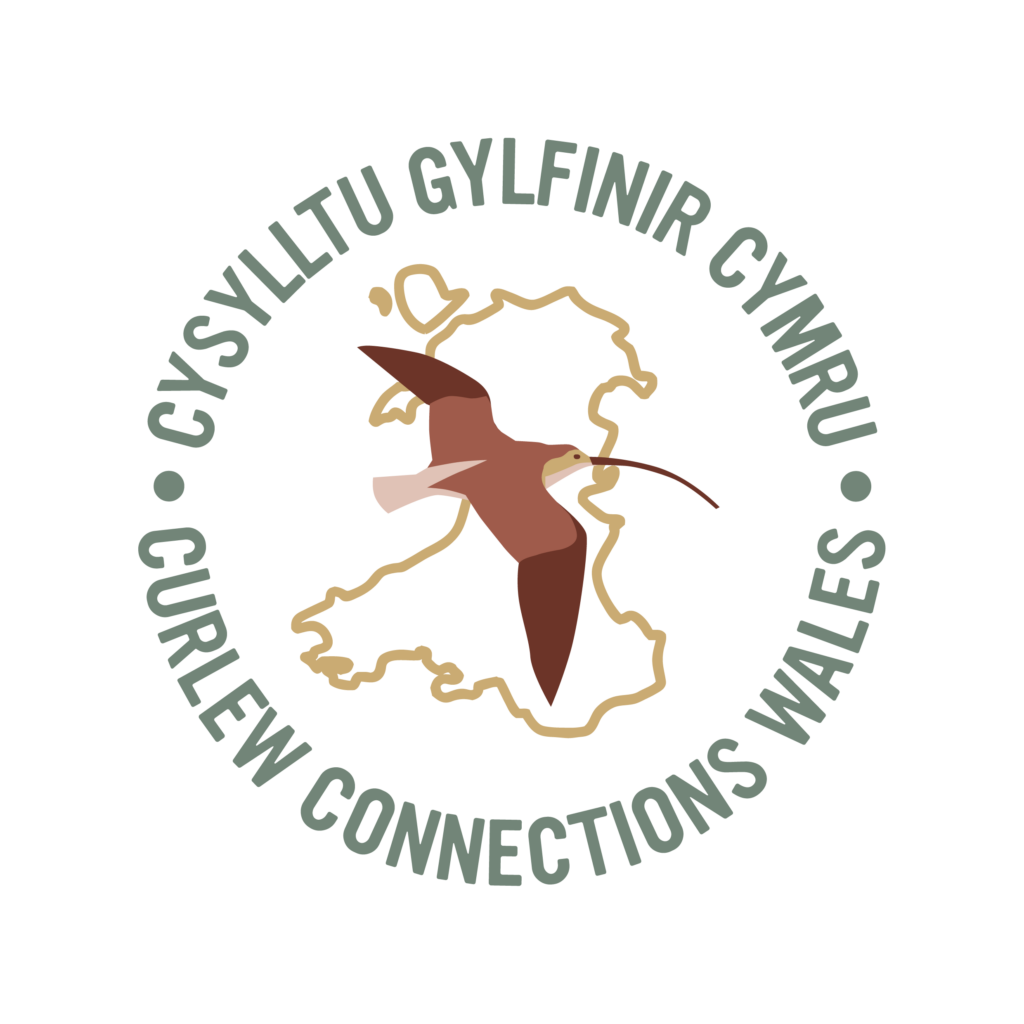
Important Curlew Areas (ICA’s)
The map below shows the 12 Important Curlew Areas in Wales. The Curlew Connections Project is focusing on three:
- ICA 5 South Clwyd Mountains
- ICA 9 Montgomeryshire
- ICA 12 The Usk Catchment and Llangorse Lake
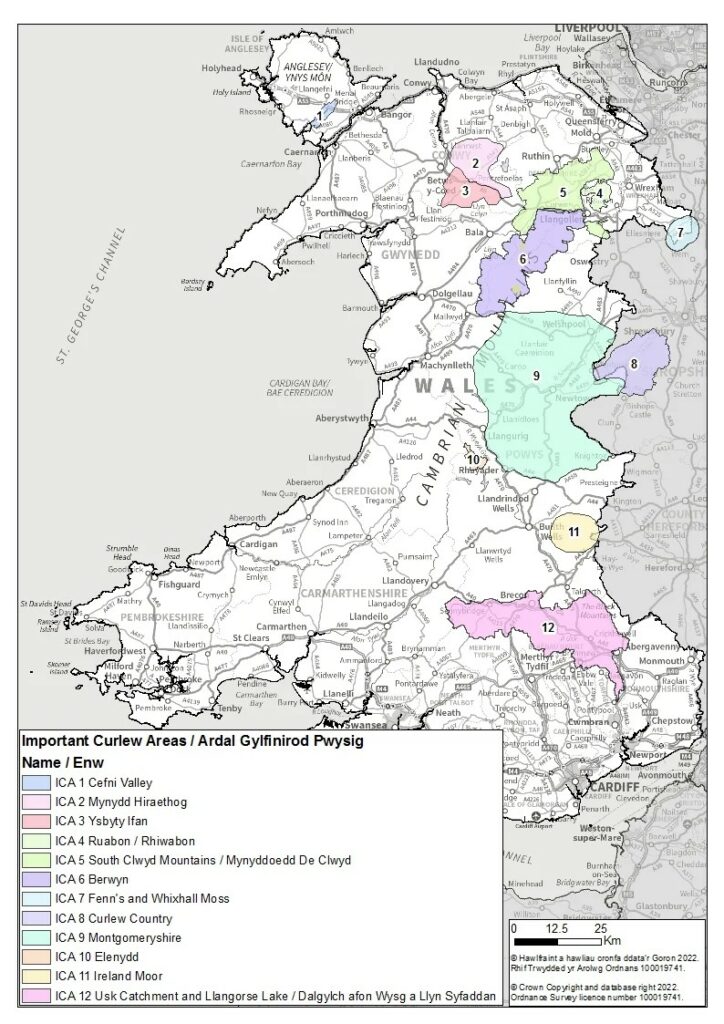
Curlew (Numenius arquata)
The curlew is Britain’s largest wader, known for its bubbling call and long beak. In winter they migrate to the coast, where they are joined by curlews from northern Europe. They return to their breeding territories in April, lay eggs at the start of May, with chicks fledging from mid-July. Curlew nest on the ground in open grassland and moorland. Good curlew habitat is usually wet, grazed grassland, or hay meadows with few trees or scrub for predators to hide in.
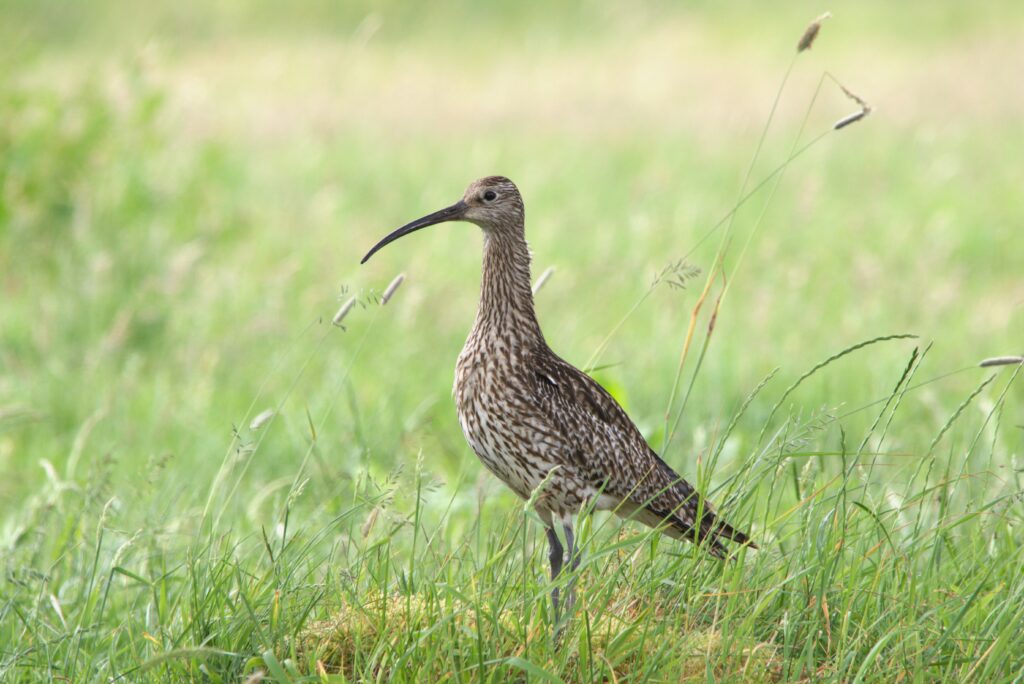
What does a Curlew call sound like?
The Eurasian Curlew like other birds have many different calls depending on the situation. Click play on the three different calls you might expect to hear:
A “Bubbling” call most commonly used during a breeding display:
The classic distinctive “Cur-lee” alarm call, normally used when danger is approaching:
A defensive “Angry Alarm” most commonly used when the nest or Curlew Chicks are under threat:
Why do Curlew need our help?
Curlew in Wales are predicted to be on the brink of extinction by 2023 (no longer viable breeding species). They are the most pressing bird conservation priority in Wales. It is believed currently the population of Curlew in Wales is declining at a rate of 6% per year.
There are many factors causing the decline of Curlew. Below highlights some of the most significant factors:
- Predation
- Habitat Fragmentation
- Tree Planting
- Drainage of damp ground
- Food availability
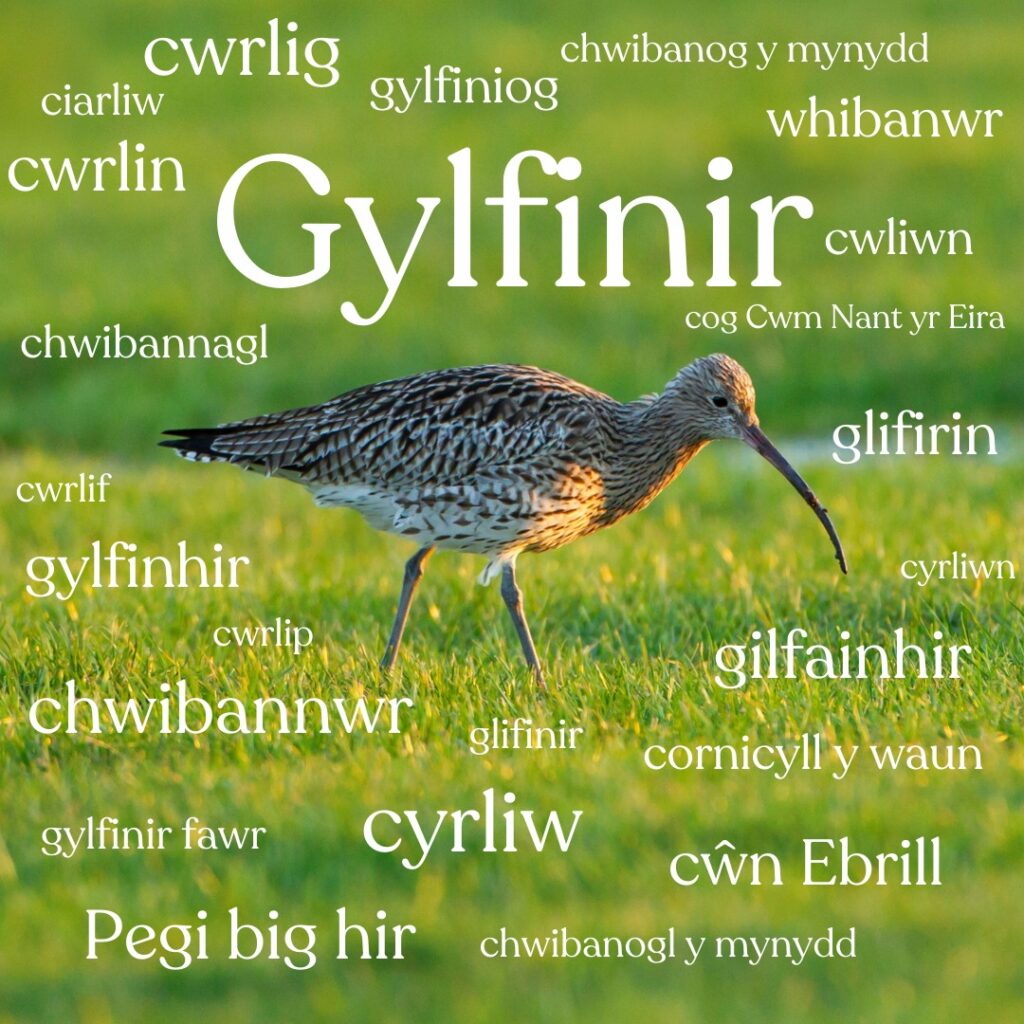
Curlew Connections is working with Landowner, Farmers and Local Communities across Wales to help save this magnificent species.
Have you seen a Curlew in Wales?
You can help! Do you think you have heard or seen a Curlew? Do Curlew Nest on your land?
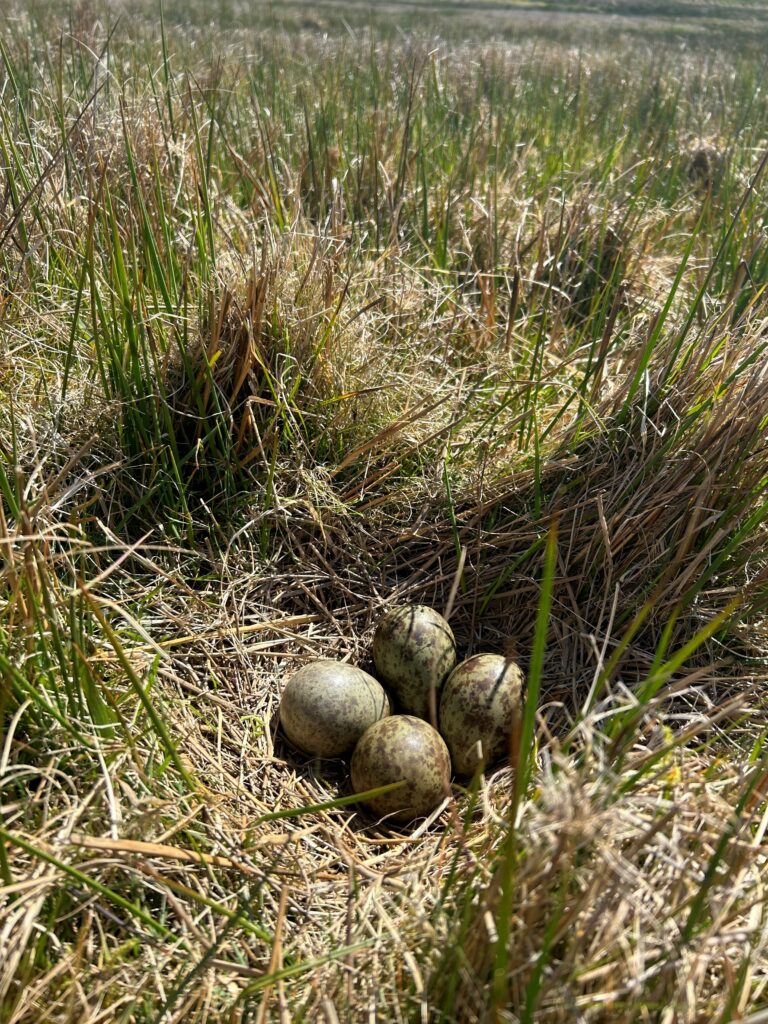
Become a Volunteer
Help us monitor and protect Curlews – gain new skills such as surveying, enjoy the outdoors and make a real impact for Curlew Recovery.
All training will be provided so if you are interested in getting involved (or know someone who would be) please click the register button below!
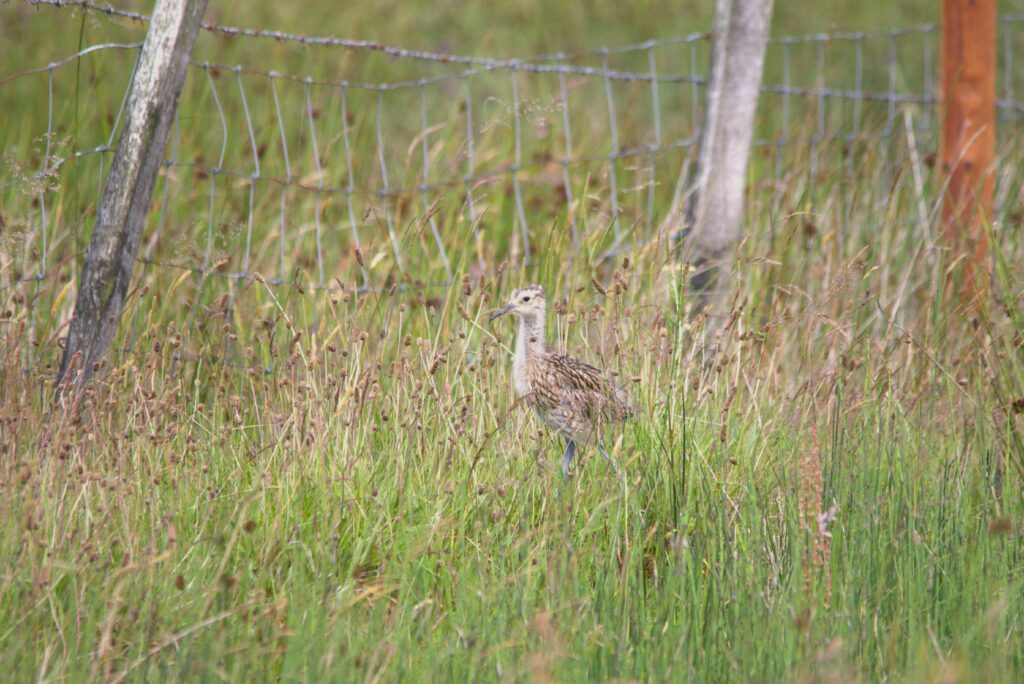
Curlew Meditation Music
The charismatic call of the Curlew cries in the countryside to announce its arrival from further shores. Familiarise yourself with their call to help us find and protect this iconic species. Play this track everywhere you go; in work, at home, or in the classroom. There’s never a wrong time to hear the evocative call of the Curlew.
Get in touch
If you have any questions or want to get involved you can email the Curlew Connections Team using the details below:
ICA 9 Montgomeryshire – Katie Appleby (GWCT Wales):
- Email: kappleby@gwct.org.uk
- Call: 07458 147148
Curlew Connections – (GWCT Wales)
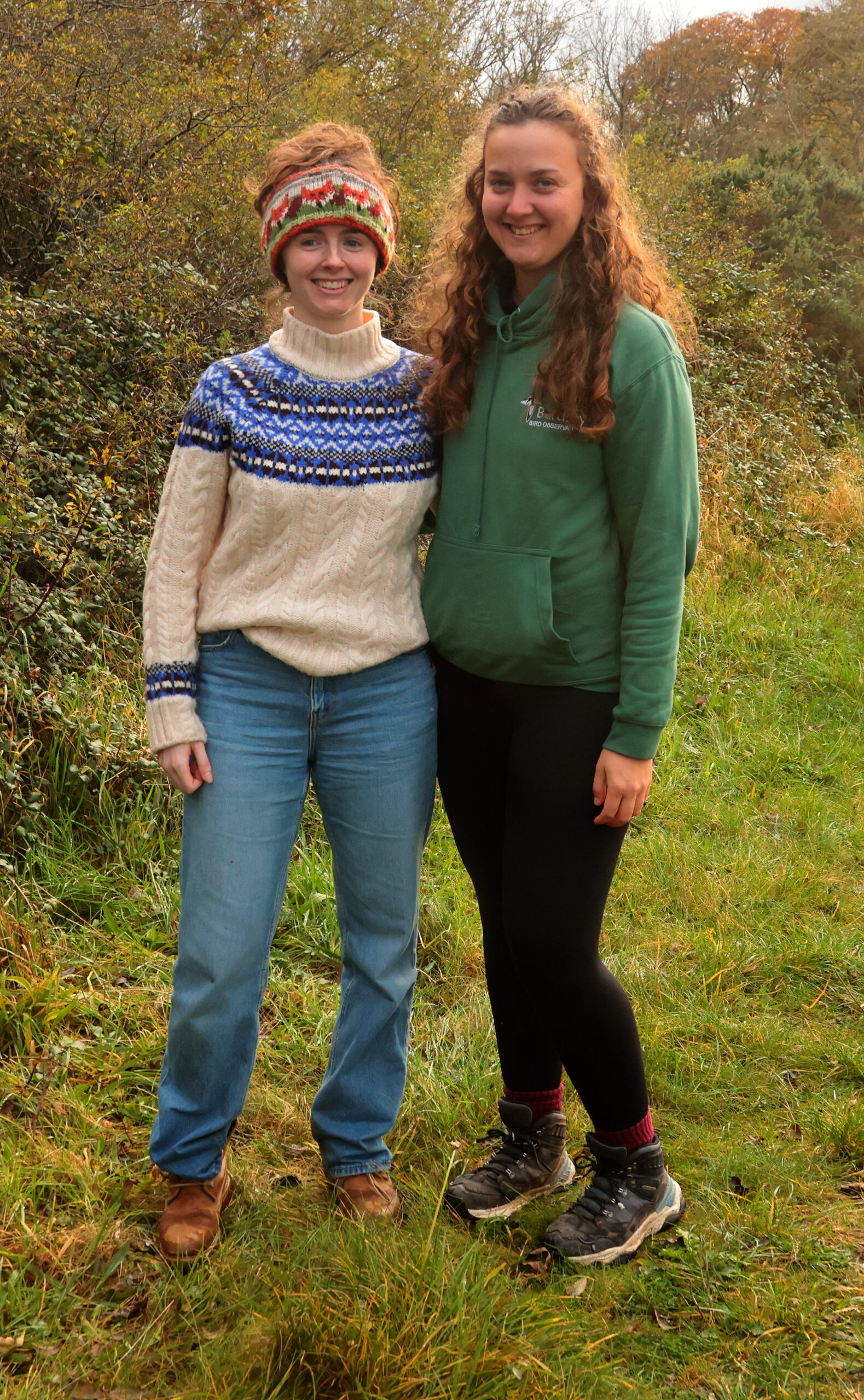
Curlew Connection’s – Katie Appleby (Curlew and People Officer – ICA 9 Montgomeryshire) and Julieanne Quinlan (Project Manager – Curlew Connections)
You can follow the project on social media using the links below:
